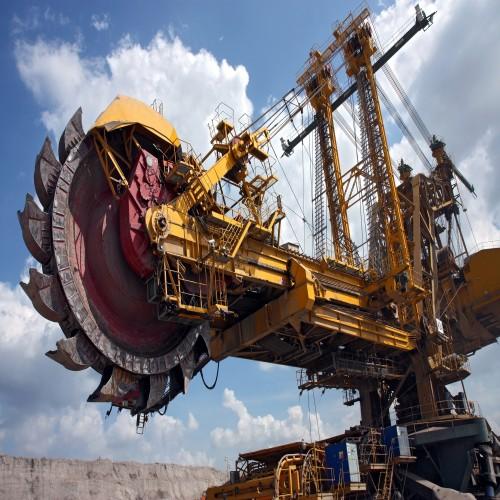Mining Equipment: Latest Advancements in Mining Machinery and Technologies

The mining industry involves extracting natural resources from our planet. Some of the most commonly mined materials include coal, metals such as gold, silver and copper, as well as minerals including diamonds, limestone, gravel, and other nonmetallic resources. Mining operations aim to effectively extract these minerals while maximizing both safety and profitability. Advancements in mining equipment have helped the industry achieve greater productivity and efficiency over the years.
Surface Mining Techniques
Surface Mining Equipment refers to excavation practices that remove soil and rock overlying a mineral deposit. Some of the most common surface mining techniques include open-pit mining and strip mining. In open-pit mining, cylindrical holes are bored into rock walls using rotary blasthole drills. Once the walls are weakened, huge hydraulic excavators are deployed to dig out and load the fragmented rock onto haul trucks. Strip mining uses large bucket-wheel excavators or dragline equipment to remove layers of overburden in strips. This exposes underground seams or veins of coal, which are then dug out using shovels or draglines. Such large surface mining fleets require sophisticated onboard computers for operations like autonomous drilling and loading. GPS technologies also help identify optimal digging paths.
Underground Mining Methods
When mineral deposits lie deep underground, miners utilize various underground techniques. Room and pillar mining carves out passageways called entries and crosscuts supported by pillars of untouched coal. In longwall mining, a shearer cuts coal from panels hundreds of meters long. The collapsed trench is then filled with rock or concrete and the process is repeated further back. Shuttle cars transport mined coal to conveyor belts for removal. Continuous miners and roof bolters help automate longwall operations. Advanced monitoring systems detect roof failure and help evacuate areas in time. Such modern technologies have significantly improved underground safety standards.
Advanced Machinery for Material Handling
Powdered rock and coal needs to be transported efficiently within mines. Belt conveyor systems that use fixed steel rollers to transfer material over long distances are commonly deployed. Such conveyor belts can stretch for many kilometers underground. Telescopic belts facilitate smooth loading and reduce spillage. Stackers and reclaimers stack and redistribute bulk materials at stockyards precisely. Huge haul trucks up to 350 tons capacity transport overburden and ore between mines and processing plants. Radio control and computer chips enable unmanned dumping at designated spots. Modern units feature advanced driver-assist features for safety and comfort. Electrically-powered vehicles are now also being adopted to reduce emissions underground.
Get more insights on Mining Equipment
- Art
- Causes
- Crafts
- Dance
- Drinks
- Film
- Fitness
- Food
- Games
- Gardening
- Health
- Home
- Literature
- Music
- Networking
- Other
- Party
- Religion
- Shopping
- Sports
- Theater
- Wellness
- IT, Cloud, Software and Technology


